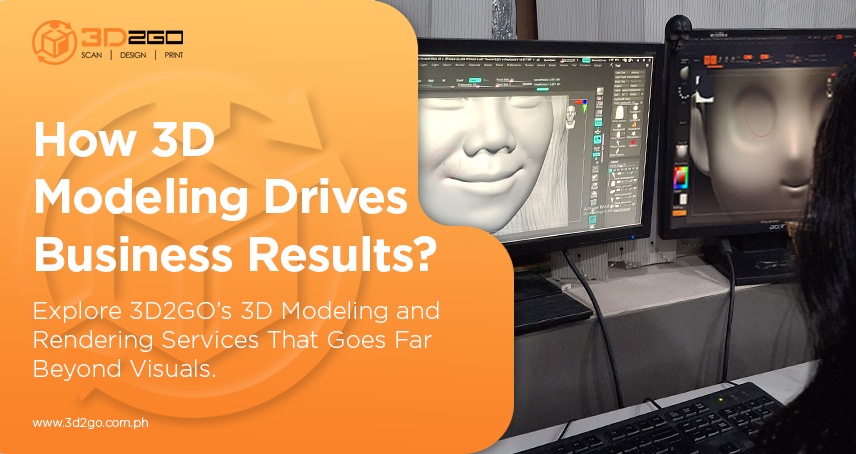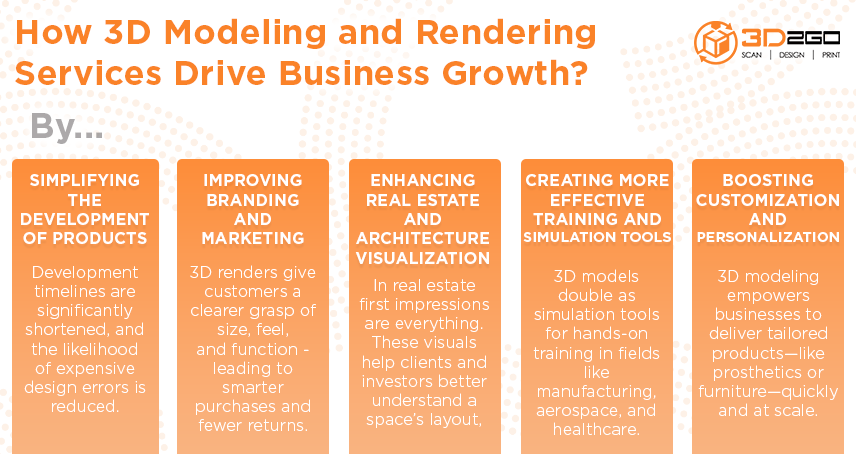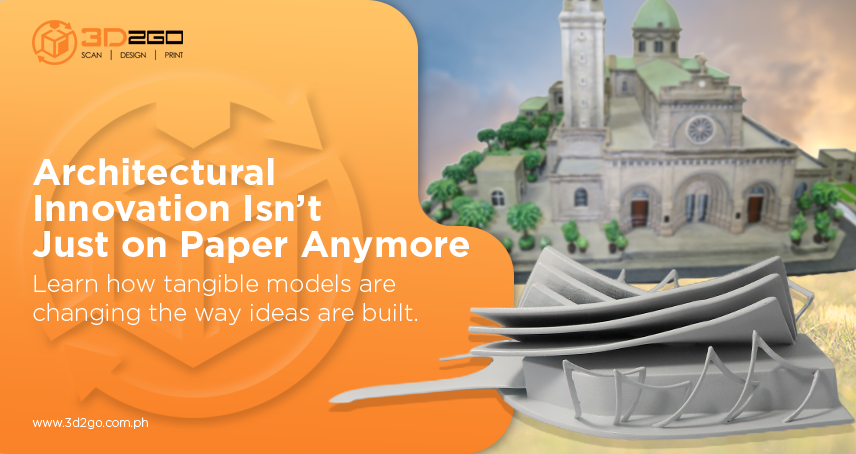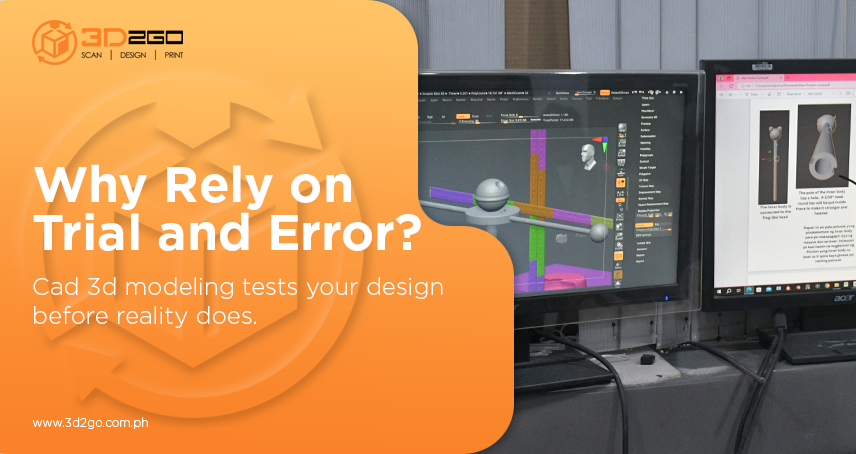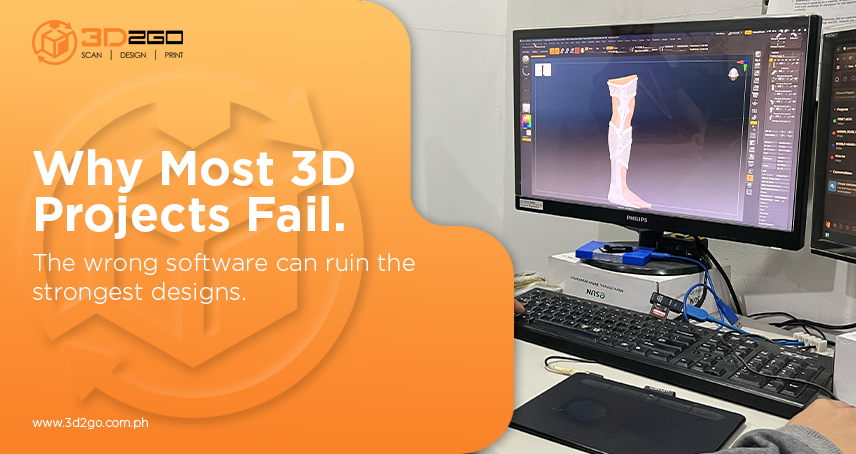
Why Smart Developers Choose LiDAR Surveying for Site Accuracy
July 3, 2025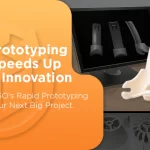
How the Rapid Prototyping Model Speeds Up Product Innovation
July 24, 2025In the current competitive market, standing out means going beyond traditional design processes. Businesses that want to stay relevant, efficient, and innovative are increasingly turning to 3d modeling services—not just to create stunning visuals but to unlock real business value. These services are no longer limited to architects and game developers; they’re being embraced across various industries, including manufacturing, retail, healthcare, real estate, and even marketing.
So, what exactly makes 3D modeling and rendering services more than just a design tool? Let’s break down how it’s being used as a driver of business results and why more companies are starting to view it as a strategic investment.
What Are 3D Modeling and Rendering Services
It’s helpful to make clear what these services offer before we go into more detail.
3D modeling is the process of creating a digital representation of a physical object or space. A 3D model shows a concept in a detailed, scalable, and manipulable way, whether it’s a product prototype, a piece of furniture, or a building.
3D rendering, on the other hand, is the process of transforming a model into a photorealistic image or animation using specialist software. This stage brings the model to life by applying texture, lighting, shadows, and movement.
From ideation and prototype to marketing and customer presentations, 3D modeling and rendering services work together to transform concepts into powerful images that can be utilized at many phases of corporate operations.
How 3D Modeling and Rendering Services Drive Business Growth
1. By simplifying the Development of Products
Product creation is one of the most obvious applications for 3D modeling and rendering services. Making a physical prototype is traditionally expensive and time-consuming. Before spending money on tangible materials, engineers and designers can use 3D modeling to construct, test, and refine their product concepts digitally. Development timelines are significantly shortened, and the likelihood of expensive design errors is reduced.
For new or small enterprises, this is especially important because it allows for faster time-to-market and rapid iteration without incurring significant costs.
2. By Improving Branding and Marketing
Nowadays, marketing is more graphic than ever. Companies continually seek innovative ways to showcase their products effectively. Without the need for costly photo shoots or real inventory, high-quality 3D rendering can display products from every perspective, in every environment.
Given how much shoppers rely on images in e-commerce, this is especially advantageous for these enterprises. Customers can better understand scale, substance, and function with 3D-rendered visuals, which helps them make more informed decisions about what to buy and reduces return rates.
Websites can also incorporate interactive 3D models, which provide immersive experiences that are impossible to achieve with only pictures or movies.
3. By Enhancing Real Estate and Architecture Visualization
In real estate, first impressions are everything. Instead of static blueprints or basic 2D sketches, developers and architects now rely on 3D modeling and rendering services to bring their visions to life.
These visuals help clients and investors better understand a space’s layout, lighting, and design elements—even before a single brick is laid. This not only helps in securing pre-construction sales but also improves collaboration among project stakeholders.
Interior designers benefit, too. With accurate 3D models, they can experiment with layout options, textures, and furniture placements, helping clients visualize their dream space before execution begins.
4. By Creating More Effective Training and Simulation Tools
Beyond just being aesthetically pleasing, 3D modeling is also an effective teaching tool. In various sectors, including manufacturing, aerospace, and healthcare, 3D models are utilized to create simulations for employee and student training.
For example, medical institutions now have interactive anatomical models that allow students to inspect organs virtually. Similarly, manufacturers use simulations to train workers on machinery without putting their safety at risk.
These applications enhance learning outcomes, reduce expenses, and improve safety.
5. By Boosting Customization and Personalization
More consumers are expecting personalized products—from custom-fit prosthetics to bespoke furniture. 3D modeling makes mass customization possible at scale.
By integrating 3D scans or user input into the modeling process, companies can create made-to-order products that still follow efficient manufacturing workflows. This enhances customer satisfaction while retaining operational efficiency.
Cross-Industry Impact of 3D Modeling and Rendering Services
It’s no longer just the creative industries benefiting from 3D modeling and rendering services. Here’s a quick snapshot of how various sectors are leveraging them:
- Retail: Virtual product catalogs and AR-based try-ons.
- Healthcare: Patient-specific anatomical models and prosthetics.
- Manufacturing: Digital twins and predictive maintenance models.
- Automotive: Concept car visualization and virtual crash tests.
- Entertainment: Film VFX and game environments.
In all of these, the role of 3D modeling and rendering services goes far beyond aesthetics. It’s about making better decisions, communicating more clearly, and delivering better outcomes.
What to Look for in a 3D Modeling and Rendering Services Partner
If you’re considering integrating 3D services into your business, it’s essential to find the right partner. Here are a few qualities to prioritize:
- Technical expertise: Familiarity with industry-specific standards and tools.
- Portfolio diversity: A proven track record across various industries.
- Collaborative approach: Open communication throughout the design process.
- Scalability: The ability to take on projects of different sizes and complexities.
- After-sales support: Guidance beyond just delivering the final render.
Choosing a team that understands your industry and your goals can make the difference between a good model and a game-changing solution.
Why 3D2GO Is a Trusted Name in the Philippines
While many players are offering 3D services, 3D2GO stands out in the Philippine market as the only end-to-end 3D printing and modeling provider. Their comprehensive services—from 3D scanning and modeling to prototyping and full-scale production—make them a one-stop shop for businesses looking to bring ideas to life that goes far beyond visuals.
3D2GO doesn’t just deliver high-quality 3D modeling and rendering services; they do it with a deep understanding of local industry needs and global standards. 3D2GO is also known for working closely with clients to enhance customer satisfaction, ensuring that each project aligns with business goals, whether it’s for a product launch, architectural presentation, or customer engagement campaign.
Final Thoughts: 3D Modeling Is No Longer Optional—It’s Essential
The power of 3D modeling and rendering services lies in their versatility and practicality. They help reduce costs, accelerate workflows, and enhance communication—all while producing stunning visuals that elevate brands. For businesses across industries, integrating these services isn’t just about keeping up—it’s about staying ahead. If you’re ready to transform your ideas into tangible, high-impact visuals that deliver results, 3D2GO is here to help.
Contact us today and let’s make something real, together!


